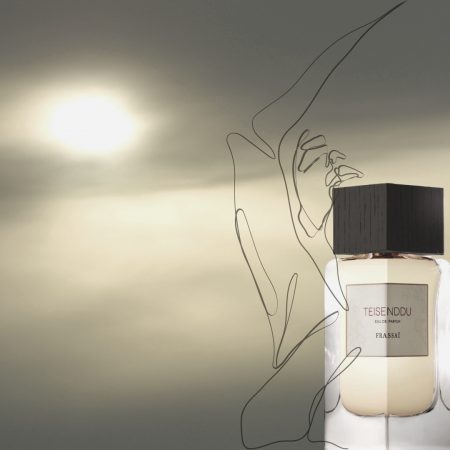
Teisenddu. Photo, creative direction, and digital editing by a_nose_knows for Frassai Teisenddu.
Feel free to close your eyes and imagine any production you know of, from movies to paintings to MTV clips from the ‘90s meant to inspire gloom (I’ll wait. No, really, I’ll wait………………………………………………………………………………………….)
and woot, there it is. FOG.
Not sure when this particular natural phenomenon has come to paint such vivid emotional responses in artists worldwide—lightning, for example, or completely still air, feel much more ominous to my sensibilities—but I do know why: it’s too engulfing to flee, too fine to fight, and too fallacious to fathom, no matter where you are on the mist scale.
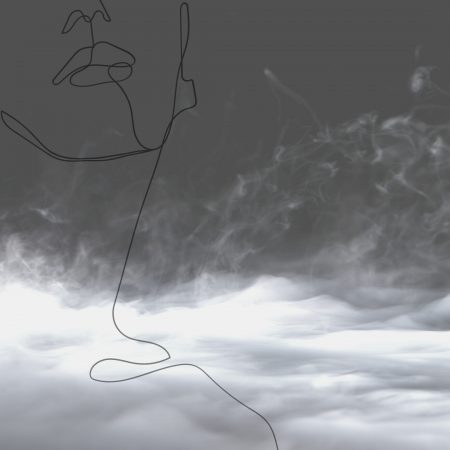
Creative direction and digital editing by a_nose_knows for Frassai Teisenddu.
The heavens
Niflheim, in Norse mythology, means “Home of the Mist”; ancient and cold place, the Niflheim counts as one of the two primordial realms (one hot, one frozen) from which the steam of creation first began. It is here that we can find the frost giants, and also here where the Nibelungs, Wagner’s treasure-hoarding spirits, roamed; both origin and eternal end for those who couldn’t make it to Valhalla (Loki’s daughter Hel was cast here to watch over those who had died of sickness or old age), the Home of the Mist is dual in nature and vast in concept.
The earth
For the Innuit children of Labrador, fog appeared before time, from the remains of a monumental bear, in a legend that goes like this: a black bear caught a man who, knowing the nature of bears, thought it wiser to play dead; satisfied for the catch, the bear swayed the man’s body over his shoulder and started walking his prey back to the lair. On the way, the man kept grasping at twigs, so the walk was slow and tedious for the unassuming bear, who, once home, dumped the human in a corner and went to rest from his tiresome hunt. Seeking escape, the man slithered past the playing bearchildren and the cooking bear wife, and ran away, past hills and forests until he reached a river. He made a paddle and paddled across, and as soon as he reached the ground, the bear showed up in search of his escaping prey.
“How did you get on the other side”? He asked.
“I drank the river and crossed”, said the man.
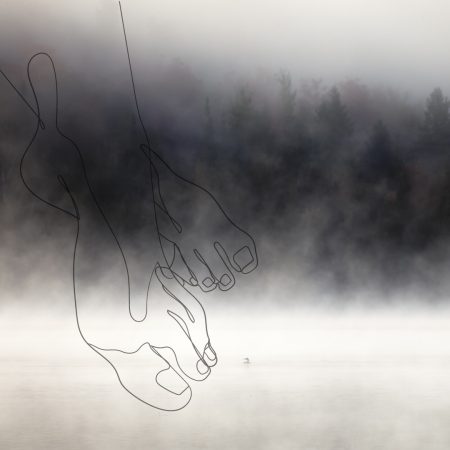
Fog 2. Creative direction and digital editing by a_nose_knows for Frassai Teisenddu.
“You just wait, I’m coming for you”– the bear started drinking, and drank, and drank some more until he burst. From his body, legend goes, came fog.
The human
Fogs have always accompanied humans on their quests; from Hecate’s veils covering the eyes of the dying to the 1500s accounts of the first explorers cutting through rolls of steam with pointed caravels, mists have come to symbol passings.
So much so, in fact, that healers worldwide are still measuring the presence of souls through breaths on a mirror.
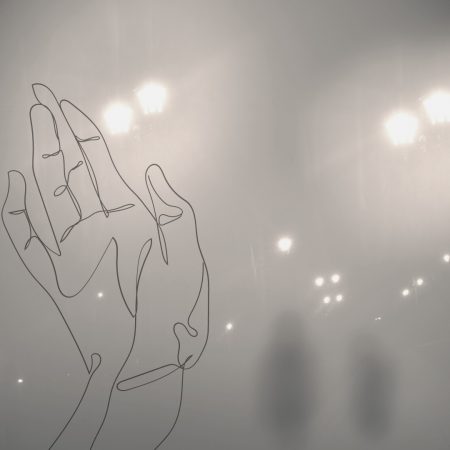
Creative direction and digital editing by a_nose_knows for Frassai Teisenddu.
Frassai Teisenddu, too, is foggy, both grand and diaphanous, airy aromatic from afar and cozy gastronomic from up close. This is not, mind you, green (although it does indeed give me an impression of vast fields taken in from a high point (on horseback?)), because the herbiness is subdued and amalgamated, not quite fresh (hay?), and a bit dewy.
As you keep inhaling and get closer to the skin, Frassai Teisenddu becomes warmer and corporal, like when it’s so cold outside you pull your sweater over your nose–slightly salty nuances waft off a leathery base (the horse itself), and mix with your own, familiar, hard-tea-and-pastry-breath enough to warm you, but never enough to have too much. Very hard to contain and deepened by my over-open nose (you know how you open your eyes more widely when it’s pitch-dark, as if that can help? That’s it) overeager to understand what’s happening, this fragrance first rolls in, and then takes over, with a finesse most dignified. Rarely do I not know what I’m smelling, and rarely still do I not care; for it is Teisenddu’s immateriality that draws in and frees me, and its substantiality that keeps me warm and satiated.
Like fog, but the way *I* always see it: magnificent clouds…at my feet.
Notes, as declared by the brand. Those in bold are perceivable to my nose, at different stages: orange oil, cedar oil, juniper oil, nutmeg oil, cedarwood oil, guaiac wood oil, black pepper oil, vetiver oil, cardamom oil, maté oil, coriander oil, bergamot oil, davana oil, ginger oil, grapefruit oil, lemon oil, cypress oil, patchouli oil, cassie oil, celery oil, cinnamon oil, clove oil, ylang oil, beeswax extract, bran extract (which I smell as yeast), vetiver extract, cocoa extract, mimosa extract, immortelle extract, opoponax extract, pink peppercorn extract, castor extract, tonka extract. Natural captive: akigalawood
Other perceived smells: walnuts, raisins, leather, salt, fennel, (green) coffee
–dana sandu, Editor
Disclosure: I requested Teisenddu for this review, thank you so much. Opinions my own
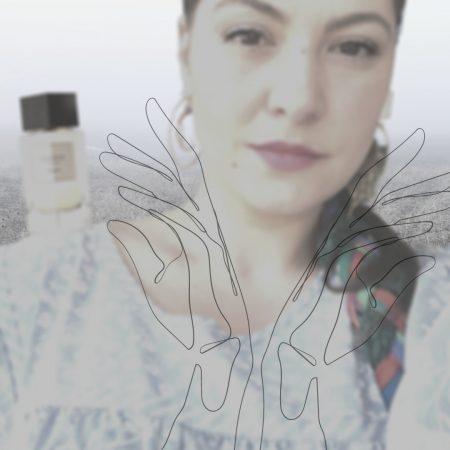
Creative direction and digital editing by a_nose_knows for Frassai Teisenddu.
Thanks to the largesse of Natalia Outeda, the Creative Director of Frassai, we have a draw for one registered reader USA, UK and EU for a 50 ml of Frassaï Teisenddu. Please be sure to register. To be eligible please let us know what appeals to you about dana’s review and where you live. Draw closes 1/28/2021
Read more about Frassai’s Creative Director Natalia Outeda here
Follow us @cafleurebon @a_nose_knows @frassaï @natalia_outeda @roxyrosedemai
This is our Privacy and Draw Rules Policy
We announce the winners only on our site and on our Facebook page, so like Çafleurebon and use our blog feed… or your dream prize will be just spilled perfume
